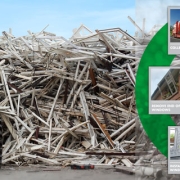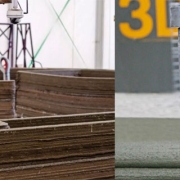By Andrew Cooper – Managing Director – Smartlouvre
It may be hard to believe that the ‘sustainability’ concept as it’s known today is less than 30 years old: it appeared for the first time in 1987.
Climate change (or global warming) conversely was first recognised as an issue more than 100 years ago. We can berate ourselves for the irresponsible damage we caused in the first 70 years, or we can focus on what we can do now.
The impact human activity has on the environment is now a big part of our children’s’ education, our day-to-day lives and is a global concern. In an overpopulated world where resources are exploited, the planet has no time to regenerate so we are finally changing our ways.
The construction industry was identified as one of the worst culprits many years ago, and the spotlight has been upon it ever since; house builders seem to be getting squeezed the most. Despite more than 2.2 million new residential buildings being built in England since 2010, we’re not yet achieving the 300,000 per year target, and some argue that we would actually need to build 340,000 each year to catch up with the current level of demand. Our overpopulation needs addressing fast with more new homes. The problem is that we’re constantly being bombarded with new building regulations, new rules and new guidance that we very quickly need to adopt in order to keep moving forward towards the (moving) targets.
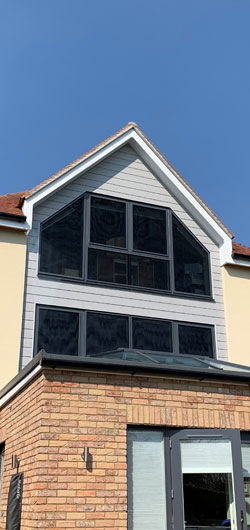
The latest update to building regs, specifically focused on the residential sector is Approved Document O: Overheating. The goals of this new regulation are to stop us from cooking in our homes, to stop us simply cranking up the air-con as the planet heats up, and to stop us burning up energy with fans and air conditioning which draw us further away from net zero.
So, what does AD O say? Fundamentally, it restricts the areas of glass you’re allowed to have unless important criteria are met. Do we really have to live in the dark to be cool and kinder to the planet? Will we be facing the prospect of living in the dark like they did when the window tax was introduced in 1696? No, it’s not all doom and gloom (literally).
Shutters, external blinds, overhangs, awnings and of course, solar control glass are the suggested solutions, but they are in the most, designed to block natural, unfiltered daylight and in some cases, our vision out.
Under Document O shading also has to be ‘Fixed’ and ‘Passive’, so no moving or so-called dynamic systems are allowed. This is a no-brainer in terms of sustainability since dynamic systems need energy to or human intervention to operate and are therefore under a limited life cycle before maintenance or replacement is required. Furthermore, when they’re down they block your vision out and if it’s even vaguely windy they have to retract.
So, these fixed, passive shading options won’t damage the environment once in place, but we should still, as responsible constructors, consider the ‘cost’ of manufacturing them? What is the number one solution when it comes to keeping buildings cool, whilst limiting the impact on the environment? What we are comparing in terms of Approved Document O compliant shading products simply comes down to the materials they’re constructed from: metal, plastic, acrylic, vinyl or glass.
Metal is the stand-out winner, and of the metals, copper is the most sustainable and environmentally friendly. It’s also handily thermally conductive, so if we’re using it to protect us from the sun’s heat, it’s doing half the job for us.
CLICK HERE NOW to find out more


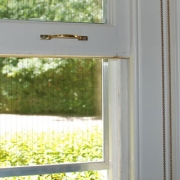
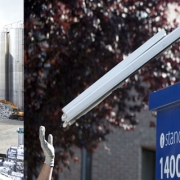

 Deceuninck has invested more the €15million in one of the world’s most advanced PVC-U recycling and compounding facilities.
Deceuninck has invested more the €15million in one of the world’s most advanced PVC-U recycling and compounding facilities.